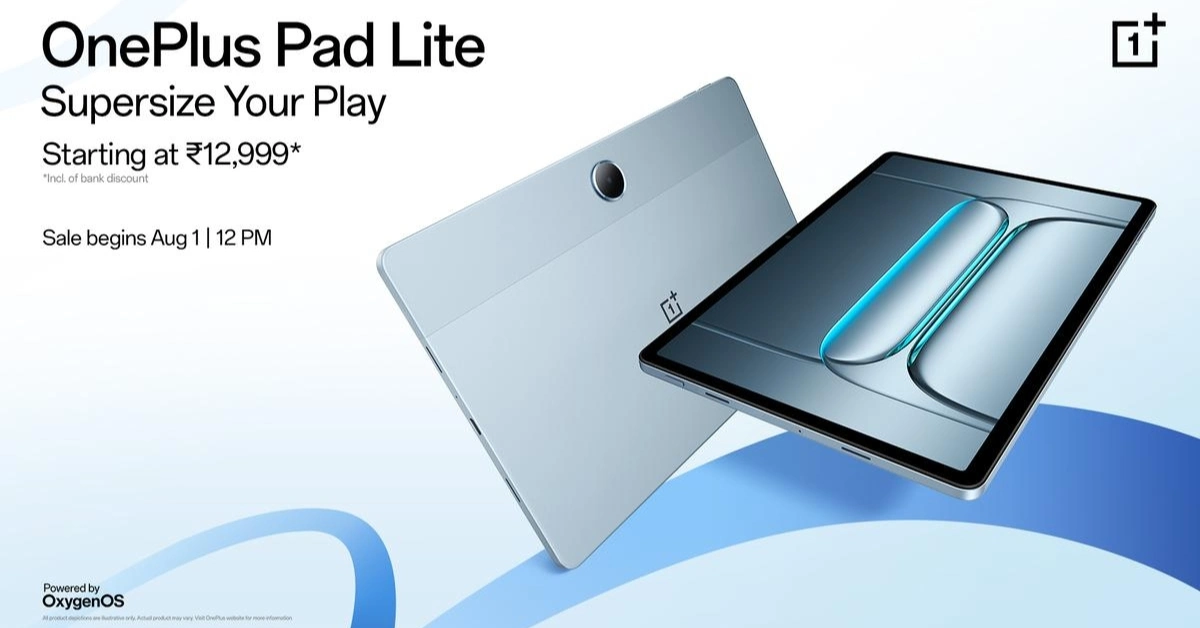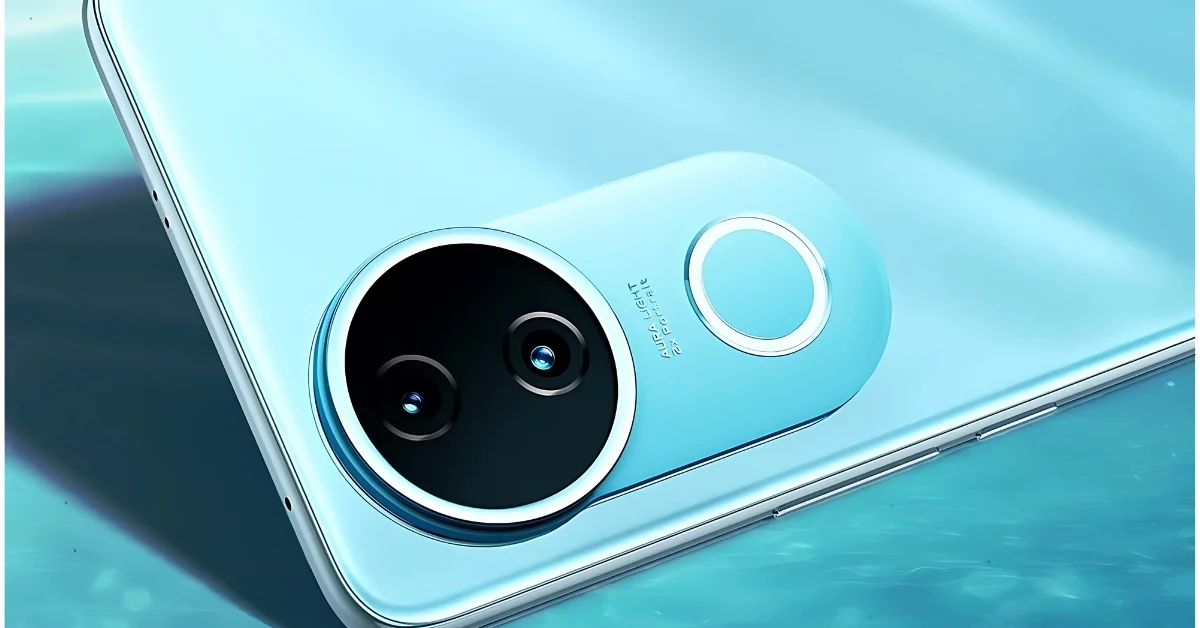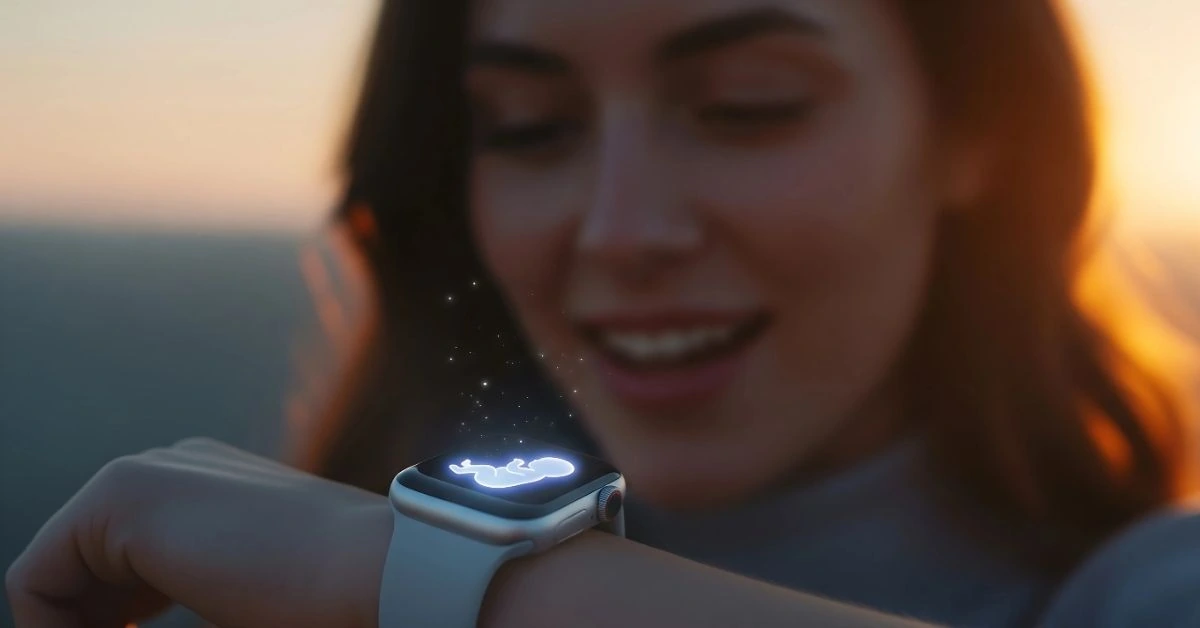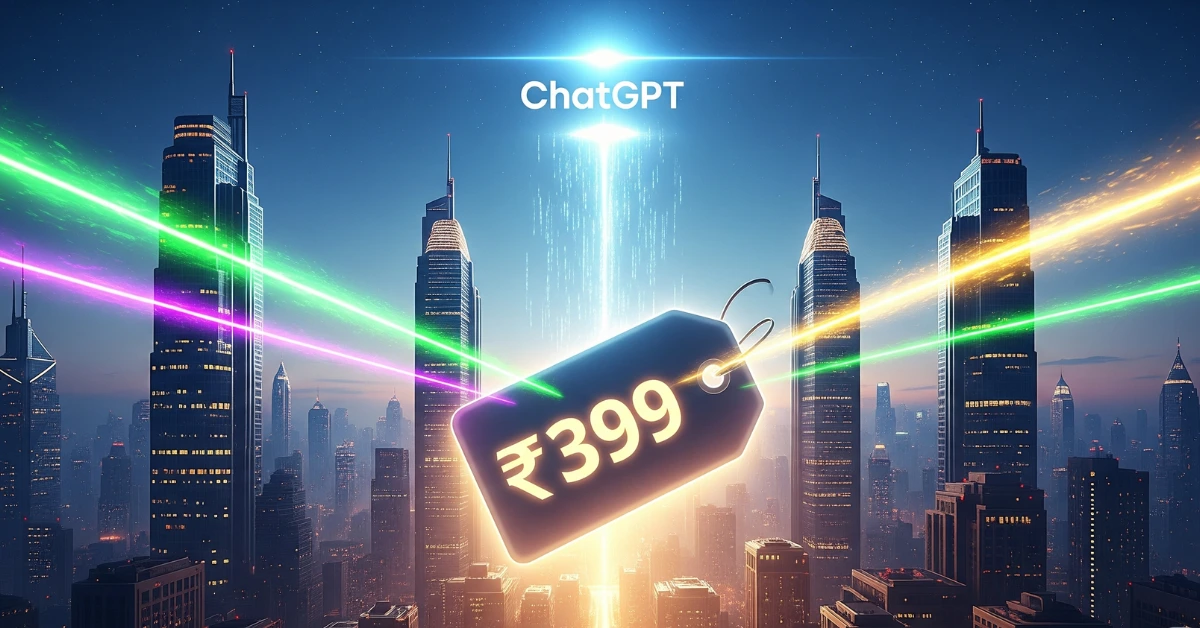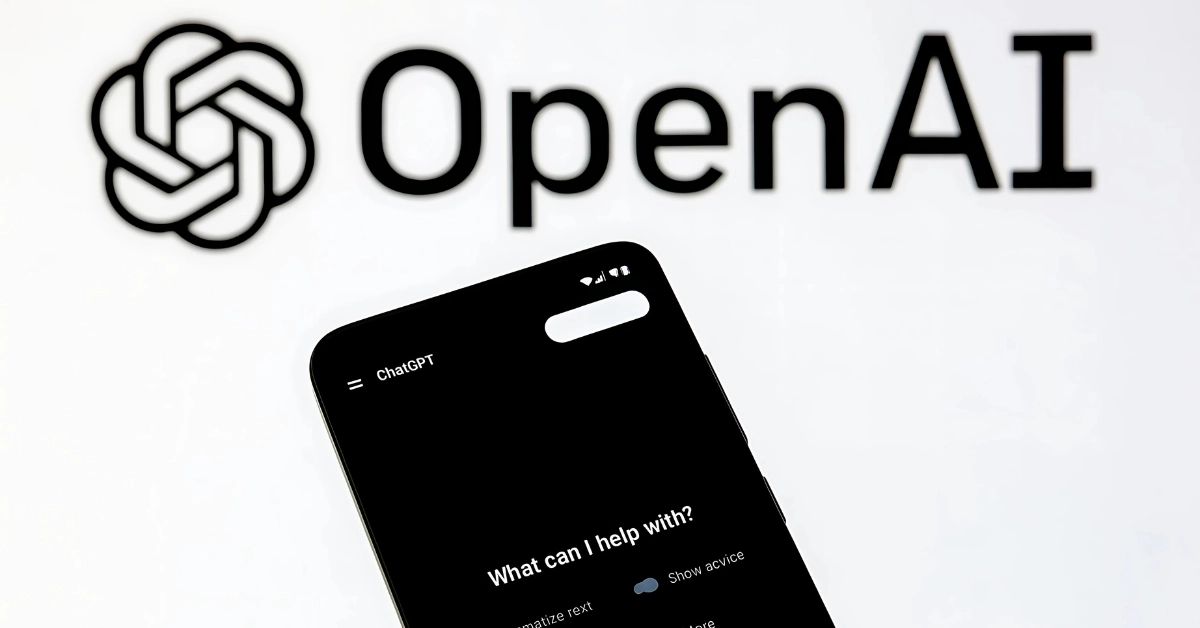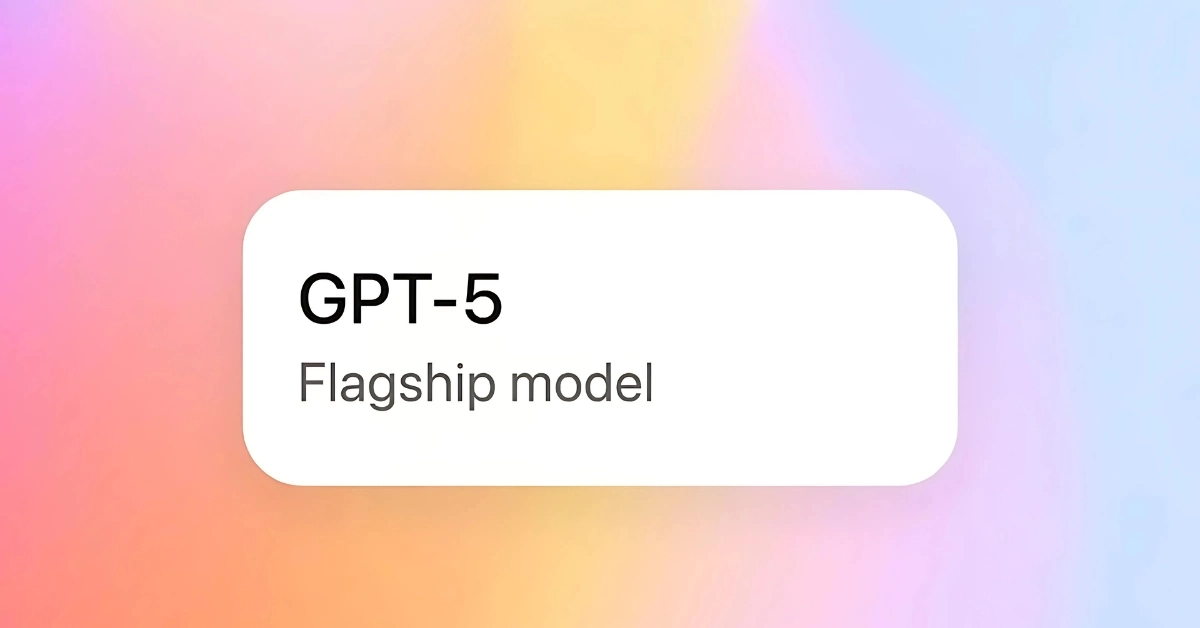Written by Mohit Singhania | Updated: July 1, 2025 | TechMasala.in
Android tablets have had it rough for over a decade. Most of them are either oversized media screens or half-baked laptop replacements that start strong and fizzle fast. So when OnePlus announced the Pad 3, loaded to the brim with premium specs and serious productivity tools, eyebrows were raised.
This isn’t just another sidekick device. The OnePlus Pad 3 wants to be your main screen for binge-watching, writing, editing, attending calls, and maybe even replacing your laptop. It brings the hardware to back up that ambition. The real question is whether Android finally rises to the occasion.
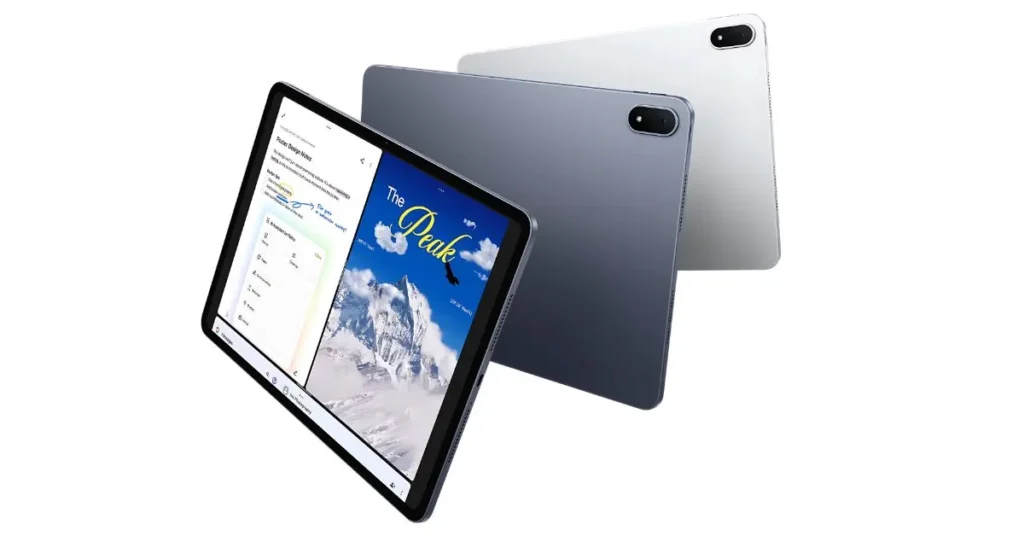
Let’s break it down.
OnePlus Pad 3 Review: A Bold Move in the Tablet Space
The OnePlus Pad 3 doesn’t waste time flexing. It shows up with a massive 13.2-inch 3.4K LCD display that refreshes at 144Hz, a blazing-fast Snapdragon 8 Elite chip, up to 16GB RAM, and a mammoth 12,140mAh battery with 80W fast charging. All that is packed into a body that’s just 5.97mm thin and weighs under 700 grams.
Compared to the Pad 2, it is taller, wider, sharper, and more unapologetic. OnePlus clearly wants this to sit alongside the iPad Air and Samsung’s Tab S10 line as a serious flagship contender.
A Display That Pulls You In and Refuses to Let Go
This screen deserves its own applause. With a 3.4K resolution (3392×2400), support for 12-bit colour, Dolby Vision, and peak brightness of 900 nits, it doesn’t just look good. It demands attention. Whether you’re watching Netflix, editing photos, or reading long docs, everything feels vivid and alive.
The 144Hz refresh rate isn’t just spec-sheet filler. Reviewers note that scrolling, switching apps, and even navigating documents feels smoother than ever. No ghosting. No lag. Just clean, crisp motion.
It may not be OLED, but this is easily one of the best LCD panels in the Android space right now.
Performance That Doesn’t Blink Even When You Push It
Under the hood, the Snapdragon 8 Elite delivers everything you’d expect from a top-tier processor. Paired with LPDDR5X RAM (12GB or 16GB variants) and UFS 4.0 storage, the Pad 3 crushes daily tasks and multitasking with ease.
From everything we’ve seen so far, even the toughest stress tests barely make it flinch. OnePlus has packed in a serious vapor chamber cooling system, and it shows. Whether you’re running heavy apps, bouncing between multiple windows, or streaming in 4K, the Pad 3 stays surprisingly cool. No lag, no overheating, just smooth performance that feels desktop-grade.
Battery life? Strong. Reviewers clocked 16 to 22 hours depending on usage, with full charges taking just over an hour using the 80W charger in the box.
Keyboard and Stylus: Smart Add-Ons, Not Perfect Yet
OnePlus is selling the Pad 3 with two key accessories: the Smart Keyboard and the Stylo 2 stylus. Both look the part and offer genuine value, but there’s still work to be done.
The keyboard feels premium, with satisfying key travel, a wide trackpad, and handy shortcut keys. But real-world use reveals a few cracks. The magnetic connection is looser than it should be, making it feel unstable on your lap. Several reviewers have also flagged inconsistent trackpad gestures, with erratic clicks and scrolling glitches in apps like Google Docs.
The stylus fares better for note-taking and casual sketches. It supports tilt, pressure, and haptic feedback. But without hover support and with the magnetic charger being too easy to misalign, it’s not pro-grade. Still, for bundled accessories, they’re decent. Just not game-changing.
Multitasking Makes Progress, But Android Still Holds It Back
The Pad 3 ships with OxygenOS 15, layered on top of Android 15. Its star feature is Open Canvas, a custom multitasking UI that lets users split up to three apps, resize windows, and drag and drop files between them.
This is a major leap over older Android tablets. But when you compare it to iPadOS, it still falls short. The biggest drawback is the same as before. There just aren’t enough apps truly optimized for large Android screens. Pro tools like Final Cut, Logic, and Procreate are still missing. Even everyday apps like Instagram and Canva feel stretched and awkward, not made for a tablet like this.
OxygenOS adds productivity boosters like voice-to-text transcription, summarisation in the Notes app, and built-in Google services like Circle to Search. But right now, these features feel like extras, not essentials.
OnePlus Pad 3 vs iPad Air M3: Which One Makes More Sense in India?
This is the real showdown. And for many Indian users, the price tag will be the deciding factor.
If the OnePlus Pad 3 lands under ₹50,000 as expected, it offers:
- A bigger, smoother display (144Hz vs iPad’s 60Hz)
- More RAM and multitasking flexibility
- Faster charging (80W vs Apple’s 20W)
The iPad Air M3, however, still leads in app ecosystem, creative tools, and long-term software support. If you’re a designer, editor, or deep into the Apple ecosystem, the iPad Air still makes more sense.
For students, hybrid professionals, content lovers, and anyone looking for a reliable tablet under ₹50K, the Pad 3 delivers more than expected. It is confidently punching above its weight.
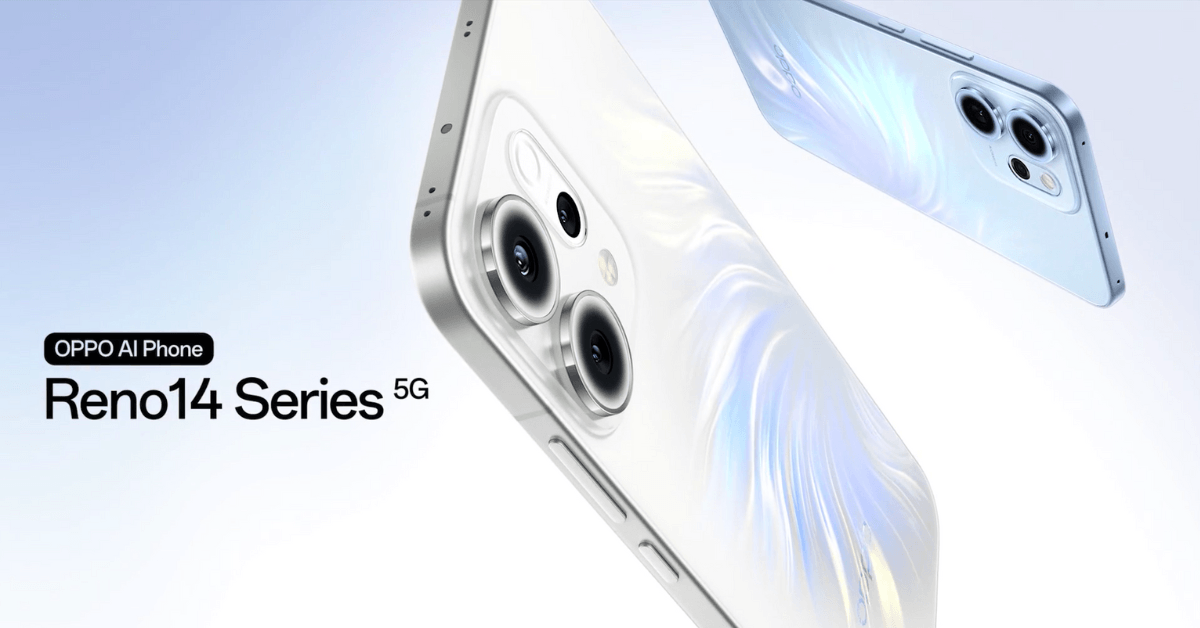
Final Thoughts: The Best Android Tablet of 2025 That Still Can’t Replace Your Laptop
The OnePlus Pad 3 gets so many things right. The display is world-class. The performance is flagship-grade. And the accessories, while not perfect, finally show effort.
But Android still hasn’t solved the app gap. As long as that remains, this tablet will feel like it’s carrying a backpack full of bricks. It has powerful legs, but it is still held back by the same old limitations of the operating system.
That said, for the right user, especially in India, the Pad 3 is a no-brainer. If you value display quality, speed, and design more than a deep app ecosystem, this is the Android tablet to beat in 2025.



